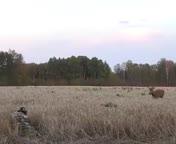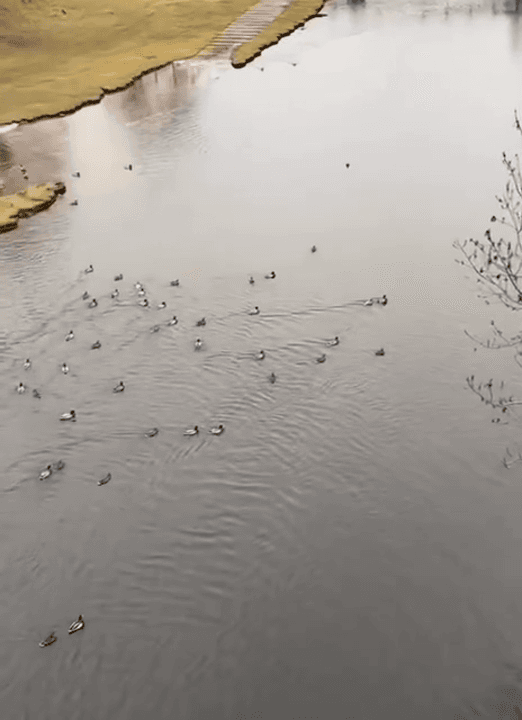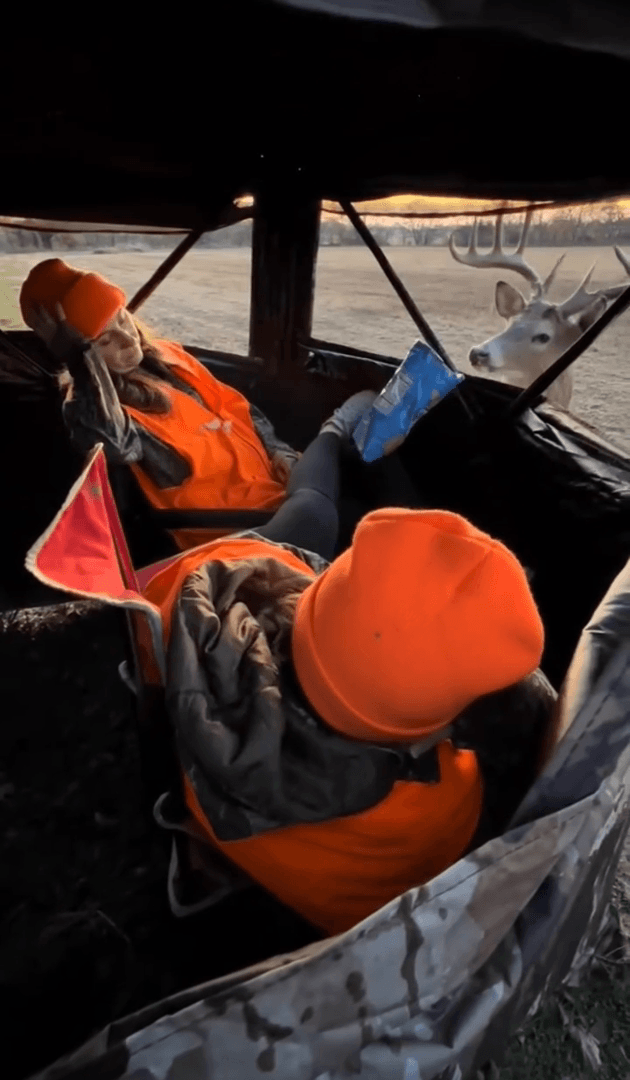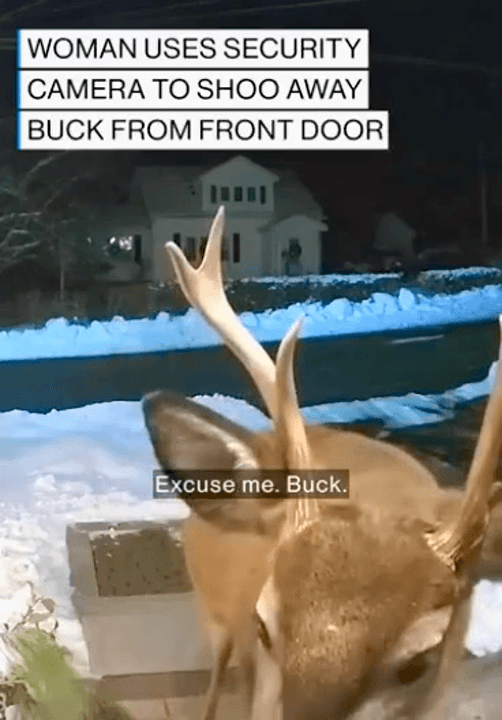
Choosing the Best Caliber for Whitetail Deer Hunting: Expert Guide for Serious Hunters. When it comes to whitetail deer hunting, choosing the right rifle caliber isn’t just a matter of preference—it’s the difference between a clean kill and a long, frustrating track job. Whether you’re hunting thick timber in Michigan or open plains in Kansas, your caliber choice must match your terrain, shooting distance, and personal comfort with recoil. This guide breaks down the most effective calibers for whitetail deer, based on real-world performance, ballistic data, and decades of field experience. --- 🎯 What Makes a Caliber “Best” for Whitetail? Before diving into specific cartridges, let’s define what “best” actually means in the field: • Knockdown Power: Minimum 800 ft-lbs of energy at impact is recommended for deer-sized game. • Manageable Recoil: Less than 20 ft-lbs of recoil helps avoid flinching and improves shot placement. • Accuracy: Flat trajectory and consistent performance at 100–300 yards. • Availability: Easy to find ammo in various bullet weights and types. • Legal Compliance: Some states require straight-wall cartridges (e.g., Ohio, Iowa, Michigan). --- 🥇 Top Caliber Choices for Whitetail Deer .308 Winchester — The All-Around Champion • Muzzle Energy: ~2,600 ft-lbs • Effective Range: Up to 500 yards • Recoil: Moderate (15–18 ft-lbs) • Why It Works: Proven accuracy, wide ammo availability, and versatility for both deer and larger game like elk. .30-06 Springfield — The Legendary Workhorse • Muzzle Energy: ~2,800 ft-lbs • Effective Range: 600+ yards • Recoil: Stout (18–20 ft-lbs) • Why It Works: Time-tested performance with heavier bullets; ideal for long-range and mixed terrain. .270 Winchester — Flat-Shooting Precision • Muzzle Energy: ~2,500 ft-lbs • Effective Range: 500+ yards • Recoil: Moderate (16–18 ft-lbs) • Why It Works: Excellent trajectory and speed; great for open country and mule deer crossover hunts. .243 Winchester — For Youth and Recoil-Sensitive Hunters • Muzzle Energy: ~1,900 ft-lbs • Effective Range: 300 yards • Recoil: Light (7–11 ft-lbs) • Why It Works: Ideal for beginners and youth hunters; deadly with proper shot placement. 6.5 Creedmoor — The Modern Precision Round • Muzzle Energy: ~2,400 ft-lbs • Effective Range: 600 yards • Recoil: Mild (12–14 ft-lbs) • Why It Works: High ballistic coefficient and minimal drop; favored by long-range shooters. --- 🧱 Terrain-Based Caliber Recommendations • Thick Woods & Brush: .30-30 Winchester, .35 Remington, .350 Legend Low velocity, quick follow-up, and minimal over-penetration. • Open Fields & CRP Flats: .270 Win, 6.5 Creedmoor, .308 Win Flat trajectory and long-range accuracy. • Midwest Treestands (Straight-Wall States): .450 Bushmaster, .360 Buckhammer Legal compliance with hard-hitting performance. • Mountain Hunts & Mixed Tags: .30-06 Springfield, 7mm Rem Mag Versatility for deer, elk, and bear. --- 🧪 Ballistic Performance Comparison The .243 Winchester fires at approximately 3,200 feet per second and delivers 1,933 foot-pounds of energy at the muzzle. It has minimal recoil, typically between 7 and 11 foot-pounds, and drops about 9.8 inches at 300 yards. The 6.5 PRC offers a muzzle velocity of 3,050 feet per second and 2,478 foot-pounds of energy. It drops around 10.5 inches at 300 yards and has a recoil of 15 to 18 foot-pounds. The .308 Winchester travels at 2,700 feet per second and produces 2,671 foot-pounds of energy. It drops roughly 15.1 inches at 300 yards and has a recoil between 15 and 18 foot-pounds. The .350 Legend has a velocity of 2,300 feet per second and delivers 1,879 foot-pounds of energy. It drops about 26.6 inches at 300 yards and has a light recoil of 8 to 10 foot-pounds. The .30-30 Winchester also travels at 2,300 feet per second, generating 1,762 foot-pounds of energy. It drops approximately 29 inches at 300 yards and has a recoil between 9 and 12 foot-pounds. --- 🧠 Bullet Selection Tips • Soft Point (SP): Reliable expansion, ideal for medium-range shots. • Ballistic Tip: Flat trajectory and rapid expansion—great for open country. • Bonded Core: Deep penetration, minimal fragmentation—perfect for larger bucks. • Copper Solid: Legal in lead-restricted zones, excellent weight retention. --- 🧼 Practical Considerations • Ammo Cost: Stick with common calibers like .308 or .30-06 for affordability. • Rifle Weight: Heavier rifles absorb recoil better but are harder to carry. • Optics: Match your scope to your caliber’s effective range—don’t over-optic a .30-30. --- 🏹 Final Verdict: What’s the Best Caliber for Whitetail Deer? There’s no one-size-fits-all answer. But if you want a proven, versatile, and widely available round, the .308 Winchester is hard to beat. It offers excellent accuracy, manageable recoil, and enough power to drop any whitetail cleanly. For beginners, the .243 Win is a safe and effective entry point. For long-range hunters, the 6.5 Creedmoor and .270 Win deliver precision. And for those in straight-wall states, the .350 Legend and .450 Bushmaster are legal and lethal. The best caliber is the one you shoot confidently, ethically, and accurately. Know your terrain, know your rifle, and know your limits. ❓ FAQ: Choosing the Best Caliber for Whitetail Deer Hunting Q: What is the best all-around caliber for whitetail deer? A: The .308 Winchester is widely considered the most versatile option due to its balance of power, accuracy, and manageable recoil. Q: Is the .243 Winchester powerful enough for deer? A: Yes, with proper shot placement, the .243 is effective for whitetail deer, especially for youth or recoil-sensitive hunters. Q: What caliber is best for long-range deer hunting? A: The 6.5 Creedmoor and .270 Winchester offer excellent ballistic performance and flat trajectories for shots beyond 300 yards. Q: Which calibers are legal in straight-wall cartridge states? A: Popular legal options include .350 Legend, .450 Bushmaster
Post: 15 August 21:39
















































